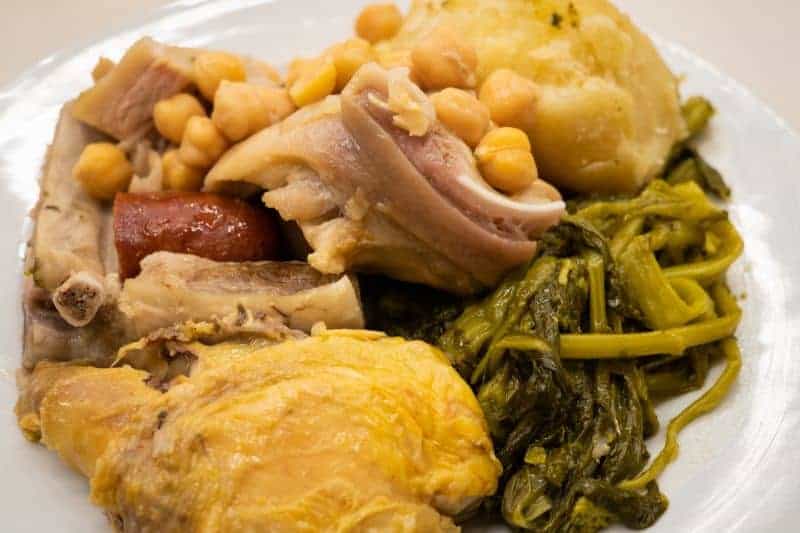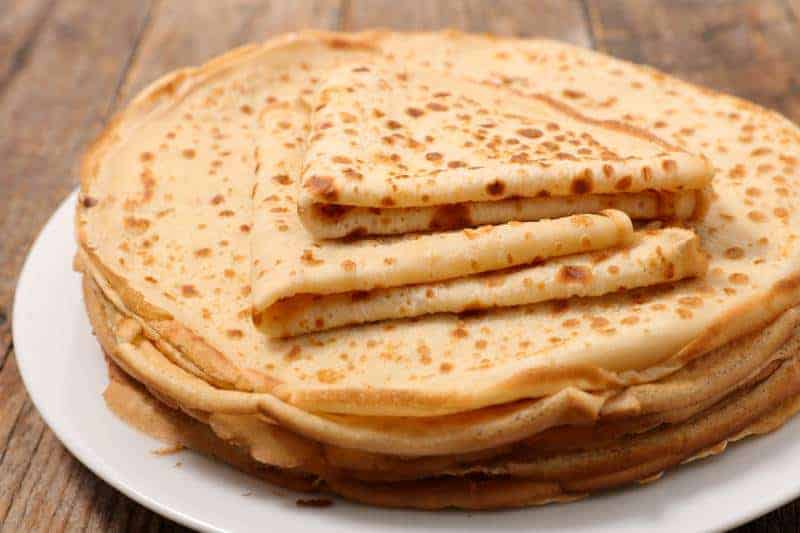Carnival is one of the most important non-religious festivals in Spain. From big, bustling cities to small, quiet villages, the whole country puts on costumes and events to celebrate Carnaval. Whichever Camino Route you walk, if you are on the Camino during Carnaval expect plenty of fun!
The most popular Carnivals may be those celebrated in Andalusía and the Canary Islands, but the Entroido or Galician Carnival is gaining popularity and renown each year.
Carnival is a festivity celebrated across most Roman Catholic countries, and it’s known for being a time of great indulgence before Lent. In fact, the word “Carnival” can be traced to the medieval Latin carnem levare or carnelevarium, which means to remove or take away meat, which signals the start of the 40 days of Lent.
Carnival is usually at the end of February or early March – the dates change each year because they are linked to Easter. It is 40 days before resurrection Sunday. In 2022, Carnival is between the 24th of February and the 1st of March.



To celebrate freely, people use masks to hide their faces. That way they can eat, drink and sin without public recognition, at least for a day!
While it is one thing to read about the festivities of Carnaval, you’ll find it is an altogether different experience to attend first-hand!
Visit Galicia during Carnival or Entroido, and experience the celebrations and enjoy the food and the traditions! Carnival on the Camino will be a wonderful experience that will stay with you forever.
Entroido – Carnival in Galicia
Galician Carnival is a celebration of the beginning of Spring. The word Entroido finds its roots in “entrada” or “entering”. That itself describes how jolly and colorful this festival is to the locals!
Entroido is a celebration where roles are reversed and laughing about everything is highly encouraged.
Although every city and village in Galicia celebrates Carnival, some of them have more particular traditions and costumes. We’ve chosen three of them, but if you find yourself in Galicia during Entroido, you’ll find many more!
“Peliqueiros” and “Cigarróns”
Peliqueiros and Cigarróns are the protagonists of the carnival in Galicia, and especially in Ourense. They wear a delicate outfit that can weigh up to 25 kilos! Everything is striking about them – their elaborate and extravagant attire, the miter they wear on their heads with a drawn animal, the clashes at the waist, and their suit made up of jacket, pants, sheepskin, and other accessories. On Entroido, they walk through the streets of Laza and Verín whipping with their whip whoever dares to go out without disguising.


“Pantallas”, from Xinzo de Limia
Pantallas dress is stunning, although what most characterizes them are the two cow bladders they carry in their hands and which they use to scare the public. Another of the most important parts of the costume is the mask or screen, containing the image of the demon’s face with horns and is decorated with ancestral motifs.

“The Bear”, from Salcedo
In Salcedo, a neighbor disguises himself with animal skins simulating the figure of a bear. They then walk the streets in the company of his servants trying to scare the neighbors and visitors. The bear has woken up from hibernation and now roams the town dirtying everyone who crosses his path with mud!
Food during Entroido
There’s a saying in Spain that states that nobody know the calendar as well as a baker, because every festival and celebration is always accompanied by a specific food. And Entroido is not the exception!
Here are some recipes worth trying during these days:
Cocido de Carnaval: Pork shoulder, turnip tops, chickpeas, chorizo, Cachoeira or cachucha and rib. The Carnival stew is a complete dish and above all, forceful, that almost no Galician misses these dates!

Orejas de Carnaval: This dessert, shaped to look like pig’s ears, consist of a very thin fried dough covered with sugar. It’s as simple as it is delicious, and you’ll only find it during Carnaval!

Filloas: Filloas are similar to crèpes, and just as their french version you can choose to eat them with sweet or savoury ingredients. In Galicia, you’ll find “filloas de leite” (milk filloas) or “filloas de Caldo”, made with broth.

Carnival on the Camino – Santiago de Compostela
On your pilgrimage during the Carnival festival, you will come across plenty of festive celebrations. If you happen to be on the Camino de Santiago, join the party and have fun!
In Santiago de Compostela, you’ll find plenty of people wearing costumes both during the day and night hours. Most of the restaurants and bars you’ll find will offer at least some of the traditional dishes for these dates, so there will be plenty of opportunities to join the fun!
It doesn’t matter whether you are on Camino for the religious walk or on a hiking trip; Carnival on the Camino will positively impact you and help you transition to Spring with a happy spirit!
There are loads of wonderful celebrations and festivals along the Camino, so plan your journey around these if you can!
Start planning your Camino today with the Camino experts! Follow the Camino has been creating tailor-made itinereries on the Camino de Santiago since 2007. We offer a huge range of walking and cycling tours across all of the 9 main Camino routes.
Get a free itinerary and let us make your Camino dreams a reality!






